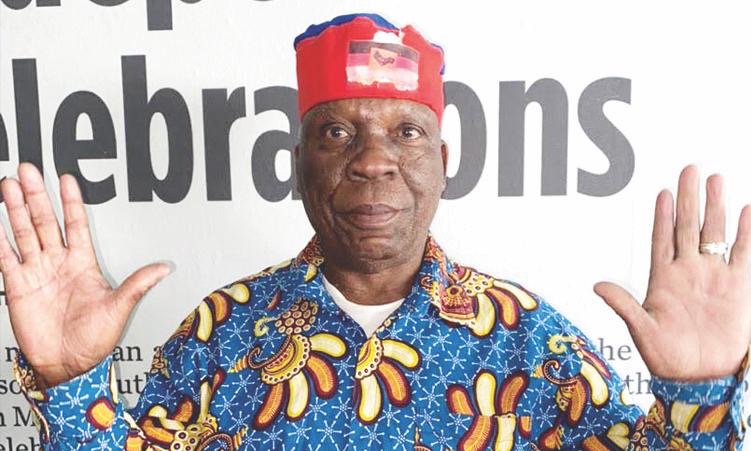Delegates at a recently held national conference on human-wildlife conflict management have proposed the hunting of elephants, increased hunting quotas and the training of local communities as a solution to human-wildlife conflict.
Kavango West Regional Council chairperson Joseph Sivaku Sikongo stressed the need to control the elephant population as a way to manage human-wildlife conflict.
“Why is it a problem for us to kill elephants if their numbers are getting bigger?” he remarked.
The Tondoro constituency councillor stressed that Namibia should not be condemned for taking such action.
Last year, Namibia’s elephant population was estimated to be at 24 000 animals, with many attributing human-elephant conflict to increasing numbers of the animals.
Sikongo’s sentiments were echoed by Zambezi governor Lawrence Sampofu, who called for Namibia’s stockpile of seized elephant tusks to be sold to raise money for conservation.
He commended the government for not succumbing to pressure to burn the stockpile of ivory, which is said to be worth over N$1 billion.
“Let’s do research to find a market for ivory because we cannot conserve our wildlife if we don’t have the resources.
“How are we going to manage to have transportation if we don’t have such a financial resource? And it’s only through the stockpile of our ivory that we can have this,” Sampofu said.
He said Namibia needed to “slowly harvest these elephants” so that they became a viable population.
Omusati governor Erginus Endjala said Namibians should create a market by adding value to elephant tusks.
Endjala said the same people that claim Africa is poor are the ones against the sustainable use of natural resources, including wildlife.
“But when we want to use our national resources, they put up some additional restrictions,” he said, referring to the international commercial ban on the ivory trade.
Isack David Nashimba of Iipumbu yaTshilongo conservancy in the Oshana region has appealed for increased hunting quotas for elephants in the conservancies.
For instance, his conservancy in the Uuvudhiya constituency was allocated a hunting quota for one elephant for a three-year period from 2023 to 2025.
Nashimba said the elephant had already been hunted two weeks ago, which he said is an indication of the presence of a large elephant population in the conservancy.
He bemoaned the fact that one elephant every three years is a “drop in the ocean” while farmers continue to be terrorised by elephants and do not benefit from the natural resource.
Namibia Special Risks Insurance Association agriculture specialist John Alugodhi cautioned against over-conservation.
He said it is worrying that the elephant population in some areas such as the Mangetti has increased.
“It looks as if we are trying to conserve the population of wild animals beyond our capacity,” he said.
Other delegates at the conference hosted by the Ministry of Environment, Forestry, and Tourism advocated for locals to be trained to deal with elephants.
Kavango East governor Bonifatius Wakudumo called on the ministry to emulate the former colonial administration by training local communities to handle elephants.
Wakudumo claimed that before independence, residents in elephant-prone areas were fully trained and provided with rifles to deal with elephants, including the elimination of troublesome animals.
Meanwhile, Otjozondjupa governor James Uerikua called on the government to create awareness and increase water points to cater for elephants in the Tsumkwe area.
Stay informed with The Namibian – your source for credible journalism. Get in-depth reporting and opinions for
only N$85 a month. Invest in journalism, invest in democracy –
Subscribe Now!







